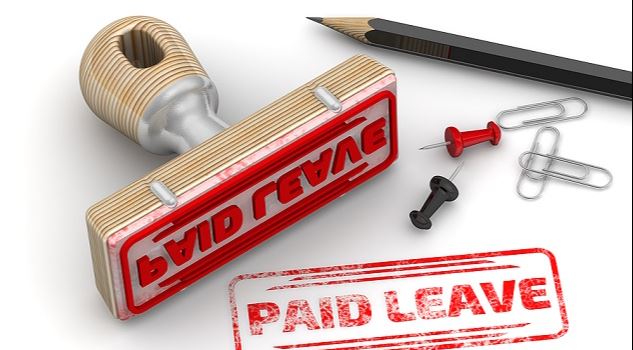We are all aware of the talk in the news over the past 12 months about the great resignation and the movement of staff between companies and more recently, countries. There are lots of well-documented costs associated with losing a valued staff member – be it business knowledge, downtime with no one in the role followed by the up ramp as the new incumbent learns the ropes in your business. But before all of this, when you are processing the final pay, something may pop up that takes you by surprise. And that’s their annual leave payout.
Annual leave
Permanent part and full-time staff earn annual leave throughout the year. This is recorded automatically in your payroll or accounting software – assuming it is set up correctly! As they take leave, it is deducted from the hours owed. But as a business owner, do you know how much annual leave you owe your team right now?
Larger businesses must recognise the cost of this unused leave on their balance sheet as it’s a provision that may have to be paid out. But it’s great practice to recognise it in your books, too. The first time a business recognises this in their books is often a shock as it is a hit to profitability. But it is considered a non-cash item so it is not included in your tax return. However, it will translate into cash if someone resigns.
Cash impact
Recently a client of mine had to payout nearly $22,000 in unused leave to one person. We had recognised the provision, which is one thing, but making that cash payment in today’s climate was another thing entirely.
Softening the blow
How can you, as a business owner, keep on top of this? There are a couple of simple things that can be done.
- Regularly review your unused annual leave report by person. You will be able to see at a glance who the main offenders are.
- Encourage all staff to take their leave regularly. Remember, they are earning a week every quarter. If they have a big balance already and still take a week every quarter, the balance won’t go down!
- Instigate a company policy, in line with legislation, which limits the amount of leave a person can carry forward i.e. they must use it or lose it
- Look at shutting the office at Christmas for a week or two, this will reduce the total owed.
- Recognise the provision on a quarterly basis – you will see a credit pop back into your Profit and Loss account after Christmas, I promise!
From a mental health perspective, it is important team members get a proper break and encouraging them to take their leave assists with this. Originally from Ireland, I used to build up my leave as I would go home for three or four weeks at a time. Some of your team may be in a similar situation.
In closing, ask your bookkeeper or adviser to run the unused leave report for you. Scan it and see where you’re at. With the Christmas break and the long school holidays, it’s an ideal time to get some of those larger balances (one month or more) down to a more manageable level.












